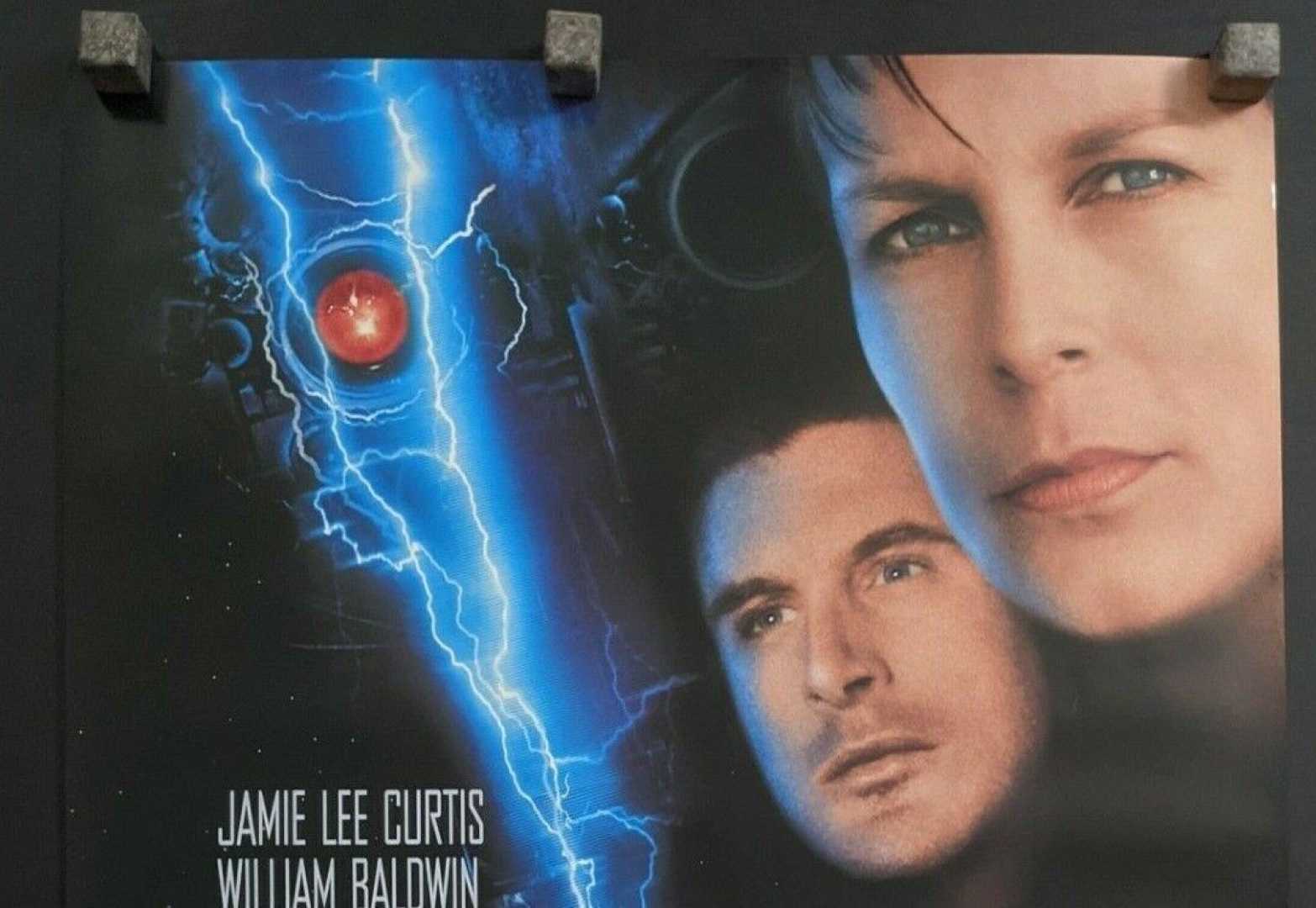Entertainment
From Comic to Screen: The Troubled Journey of ‘Virus’ Adaptation

LOS ANGELES, Calif. — The 1999 sci-fi horror film *Virus* began its journey to the big screen long before its release, with a complex adaptation process that involved multiple rewrites, creative disagreements, and a delayed premiere. The film, based on a Dark Horse Comics series by Chuck Pfarrer, faced numerous challenges before finally reaching audiences.
Pfarrer, a former Navy SEAL, initially pitched the concept to Universal Pictures in the early 1990s. After the comic series gained traction, producer Gale Anne Hurd helped secure the film rights. Director John Bruno, a visual effects artist, was hesitant to take on the project due to the screenplay’s complexity. However, after consulting with James Cameron, Bruno agreed to direct, provided he could revise the script with writer Dennis Feldman.
The film follows the crew of the tugboat *Sea Star*, led by Captain Everton (Donald Sutherland), as they encounter a derelict Russian ship infested with biomechanical creatures. Jamie Lee Curtis and William Baldwin star as crew members fighting to survive. The movie diverges from the comic, changing the ship’s origin from Chinese to Russian and introducing an extraterrestrial virus as the antagonist.
Bruno and Feldman’s revisions aimed to streamline the story, but the film faced production delays and mixed reviews upon release. Originally slated for a summer 1998 premiere, *Virus* was pushed to January 1999, a month often considered a dumping ground for less promising films. Critics, including Roger Ebert, panned the movie, with Variety calling it “derivative.”
Despite its shortcomings, *Virus* found a second life through its novelization by S.D. Perry. Released in 1998, the book expanded on the characters’ backstories and motivations, offering a richer narrative than the film. Perry’s adaptation delved into the crew’s personal struggles, making their fight against the biomechanical horrors more engaging.
Bruno praised the novelization in its foreword, stating, “Here was the story as I had always imagined it.” The book provided deeper insights into characters like Foster (Curtis), who resents her privileged upbringing, and Hiko (Cliff Curtis), whose Maori heritage is explored in detail. Perry also altered the ending, allowing Hiko to survive alongside Foster and Baker, unlike in the film.
While the movie struggled at the box office, its practical effects and creature designs, crafted by Steve Johnson and XFX, remain standout elements. Production designer Mayling Cheng’s work also received recognition for creating an immersive, atmospheric setting.
Despite its flaws, *Virus* has garnered a cult following among horror and sci-fi fans, who appreciate its unique creature designs and pulpy thrills. Jamie Lee Curtis, however, has since dismissed the film as “unbelievably bad,” often citing it as an example of her worst projects.
Universal’s investment in *Virus* extended beyond the film, with a novelization, a Europe-only video game, and a line of toys. Yet, the movie’s underperformance and critical reception highlight the challenges of adapting complex source material into a cohesive cinematic experience.












